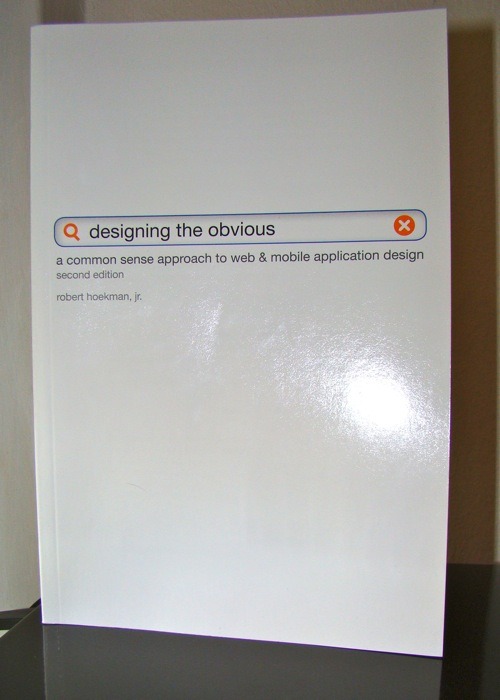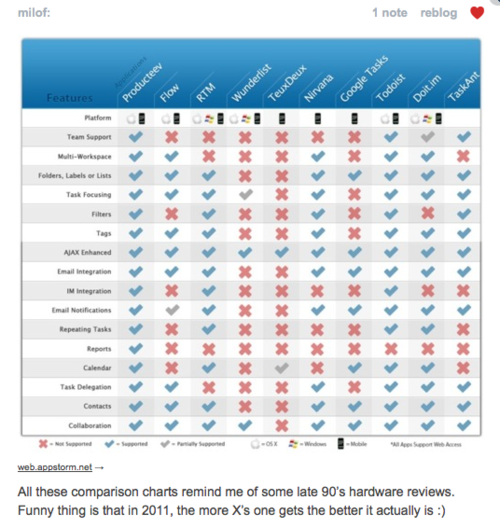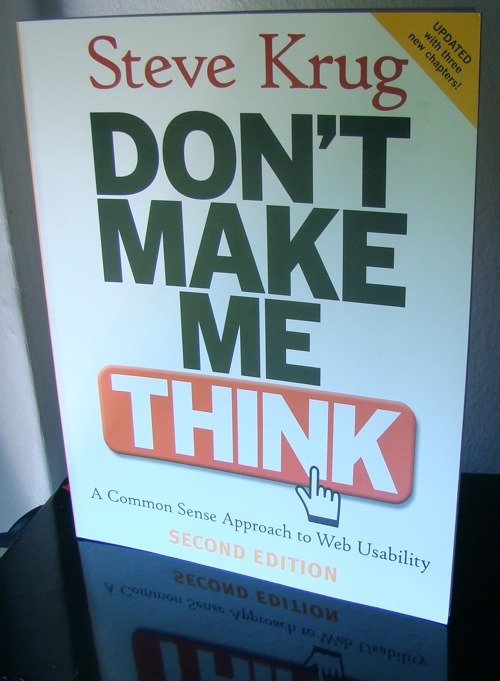
What is it about?
What makes a product more usable? Robert Hoekman, jr. shows you how to increase the usability of your web & mobile application and why hover divs aren’t better than pop ups.
What can I learn?
Less is more: I just want to show you this post of milof:
Be forgiving: You often got a pop up asking if you want really delete this message. However, a better way is to allow your user to redo this action. Implement a undo feature into your application. This will maintain the user’s work flow. If you can’t do this because there is a required steps, like entering a valid email address, help your user to do it properly, e.g. use inline validation and some nice Javascript.
Don’t be a jerk: This is probably the conclusion of this book. Your users shouldn’t have to learn how to use your product. The more things your user can do intuitively, the better it is. If they have to learn new things make it easier. Produce videos or screen casts or even some screen shots but don’t just give them 200 pages of plain text.
Conclusion
Designing the Obvious is like Don’t Make Me Think 2.0. Robert Hoekman, jr. also shows how real products could be improved and got a similar causal style. There are some great ideas for better usability. I especially liked the undo function for web applications. Great book, read it for yourself! Recommendation.

